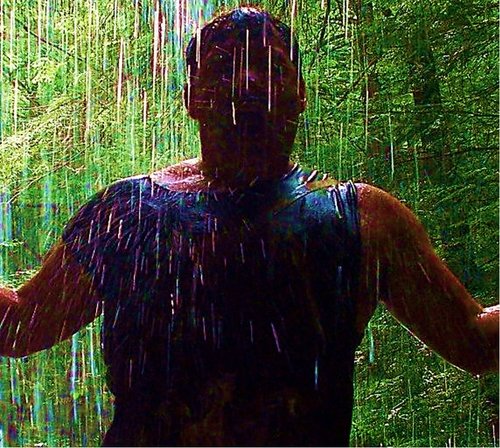MOVIE REVIEWS
 Review by Wuchak
Review by Wuchak
**_Ignore the Columbus-hating critics, this is an artistic historical adventure_** Ridley Scott’s “1492: Conquest of Paradise” (1992) came out seven weeks after “Christopher Columbus: The Discovery” (1992) both of which tackle the same historic tale in celebration of its 500th anniversary. The latter was directed by John Glen who’s no slouch as he helmed five James Bond flicks in the ’80s. This film is more artistic and epic, being longer by 34 minutes, whereas “Discovery” is compact, not to mention it focuses on the set-up to the expedition while “1492” is more concerned with what happens after Columbus hits ground on the other side of the Atlantic. Moreover, “Discovery” sticks to the first voyage whereas “1492” includes additional expeditions. Both bombed at the box office, but they’re each worth checking out and comparing if you like real-life adventure. “Discovery” is more balanced in regards to the three acts and doesn’t bog down with events in the New World, but “1492” is a must if you want to see what happens beyond Columbus’ first voyage. It provides no less than 75 minutes of material beyond the events of “Discovery.” The weakest part of “Discovery” is the voyage itself, which runs half an hour and is twice as long as the same in this film. While it’s difficult to make a long ship journey involving only males dramatically compelling, “1492” is a way more convincing (and artistic) rendition of the Atlantic voyage. While “Discovery” has the superior cast, Gérard Depardieu is more convincing in the role of Columbus compared to Georges Corraface when you consider historic artist depictions. Corraface, by contrast, comes across as the cliched Hollywood version of the explorer, which doesn’t mean he’s not effective. In any case, I like the way each version points out Columbus’ positive AND negative qualities. Meanwhile Armand Assante (Sanchez), Sigourney Weaver (Queen Isabel), Michael Wincott (Moxica) and Frank Langella (Santangel) are all memorable. But don’t expect Marlon Brando or females on the level of Catherine Zeta-Jones and voluptuous Tailinh Agoyo. Speaking of the latter, the women on the islands are overtly top nude, as was the case in “The Bounty”; just a heads up. Monkey-see-monkey-do critics jumped on the hate bandwagon when “Discovery” and “1492” were released as soon as they smelled blood in the water. However, neither film is even close to being awful, as they claim. Like I said, they’re definitely worth seeing if you prefer historical adventure in the mold of “Mutiny on the Bounty” (1962) and “The Bounty” (1984). One of the reasons “Discovery” and “1492” bombed was because Columbus was no longer viewed in a positive light by 1992 due to the preachin’ of Lib academics who denounce the explorer as evil incarnate. But, let’s face it, the European colonization of the Americas was BOTH a blessing and a curse, yet arguably more of a blessing since it introduced to the New World the written language, the horse, the wheel, wagons, stagecoaches, firearms, trains, industry, advanced architecture and so on. And let’s not kid ourselves with the Lib fantasy that the Americas were a Garden of Eden before Euros arrived. There was constant fighting between many “Indian” tribes, who are actually the progeny of settlers from Asia. There was also slavery, massacres, heinous torture of captives, gross human sacrifice in Mesoamerica to nourish their gods and headhunters in the Amazon. Need I go on? The idea conveyed in “The New World” (2005) that AmerIndians had never experienced envy/rivalry and didn’t even know what a lie was is utterly laughable. I’m speaking as part-Abenaki. The movie runs 2 hours, 34 minutes, and was shot mostly in Spain and Costa Rica. GRADE: B+